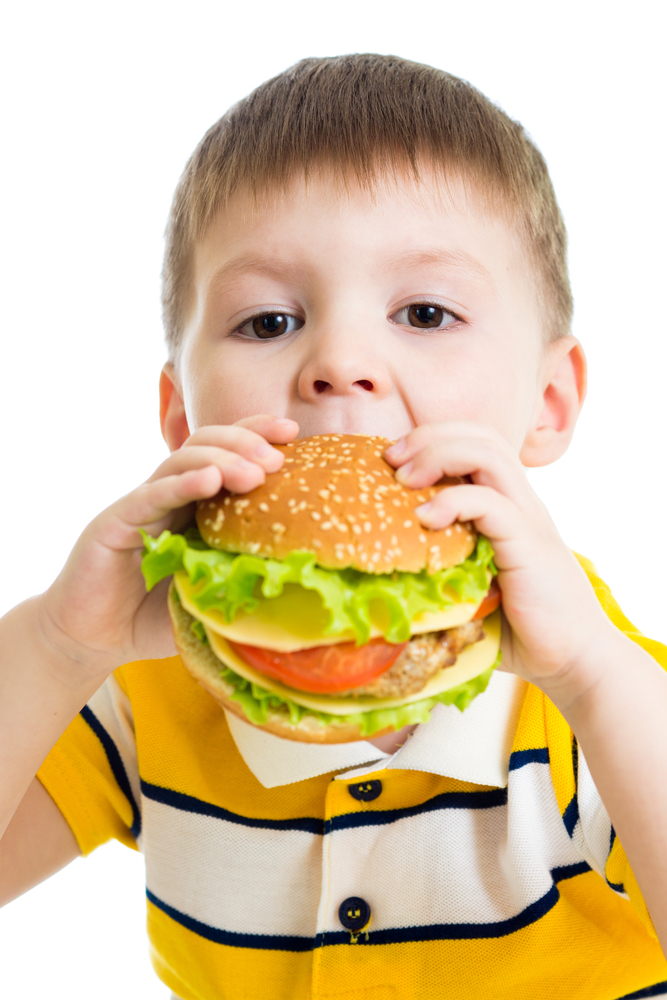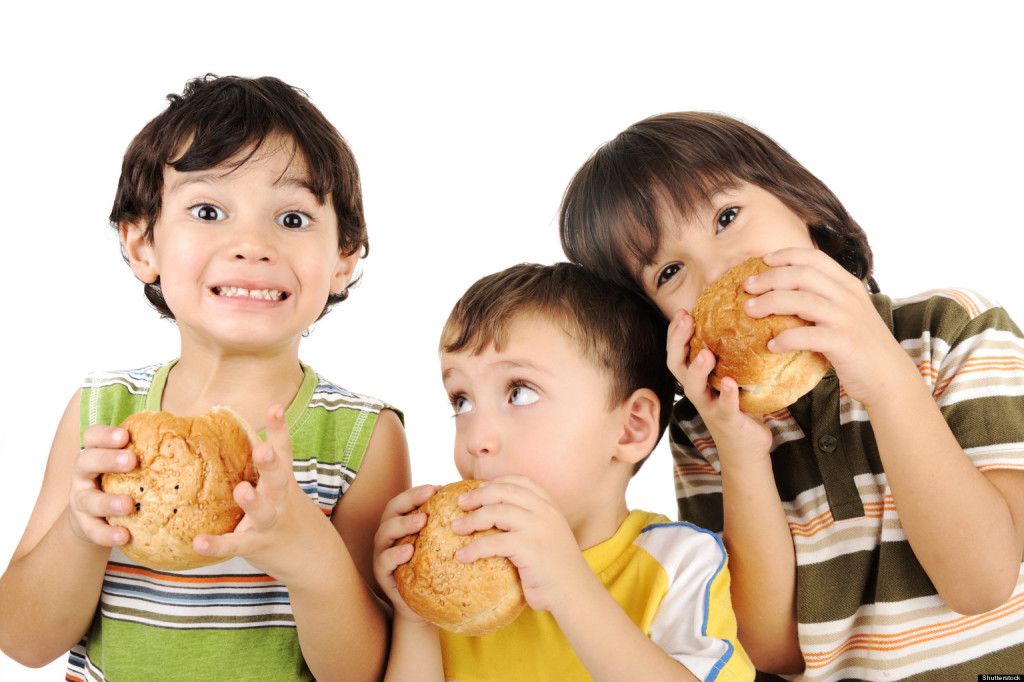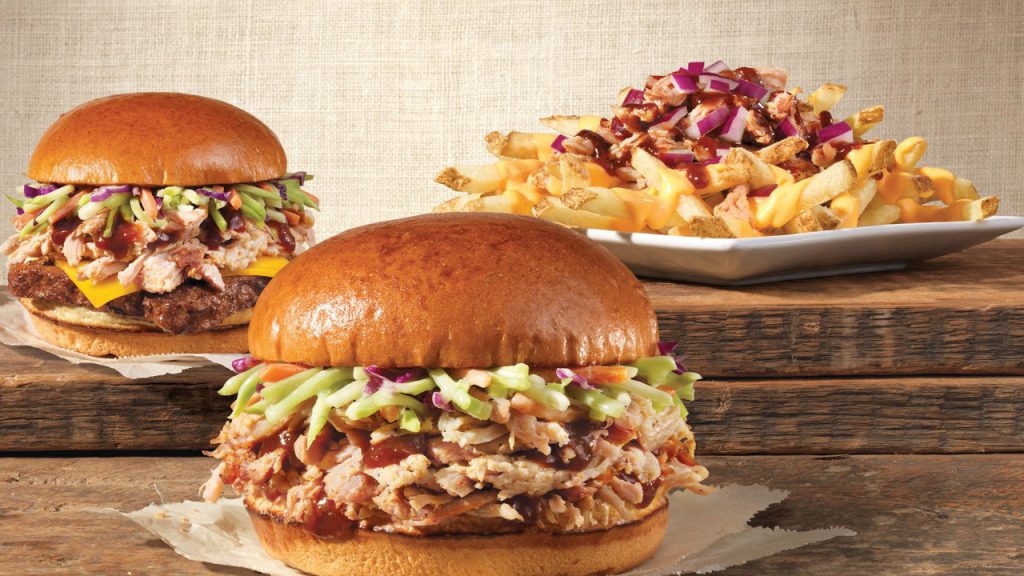Children
Is The Amount Of Fast Food Kids Have Dangerous?
What’s common about a Happy Meal, Kids Special meal, tiny kiddie portion, etcetera? All of these manage to get through to the tummies of thousands of kids everyday.
About one-third of U.S. children and teens eat pizza or other fast food every day, a new government report shows. That’s about the same as it was in the 1990s.
Brighter Side
“At least we’re not seeing it go up,” said one of the report’s authors. The report was released Wednesday by the Centers for Disease Control and Prevention.
There’s also been no change in the proportion of calories that kids get from fast food daily. It’s been at about 12% for the last decade, slightly more than the 11 percent previously reported for adults.
Causing obesity?
Fast food is considered heavy in calories, and scientists have pointed out that drive-thru french fries and takeout pizza as contributors to kids being overweight. Childhood obesity — a national health concern — has been stable at about 17 percent over the last decade.
For the study, the CDC asked about 3,100 children ages 2 through 19 — or their parents — what they ate over the previous 24 hours. The survey was done in 2011 and 2012.
The findings are averages: Included are some people who almost never eat fast food, as well as others who eat a lot of it.
Food findings
Adolescents got about 17% of their daily calories from fast food, compared to about 9% in younger children.
Black, white and Hispanic youth all got roughly the same proportion of their daily calories from fast food — around 12%. For Asians, the average was significantly lower, at 8%.
There was no significant difference between kids from families of different income levels. Some studies have found a difference.
The study didn’t give calorie totals, but other government research suggests kids consume about 1,900 calories a day. That means kids average about 245 calories each day from fast food. That’s about the equivalent of a basic McDonald’s hamburger.
The report was the first by the government on fast food calories in children, but other researchers have used CDC survey data to report on the topic.
Beyond Junk
Dr. Fatima Cody Stanford, M.P.H., M.P.A., says the results, especially the lack of differences in some categories, may show that what’s on your plate isn’t the only thing to worry about.
“When looking at issues like obesity, I think we assume it’s all about fast food consumption,” Stanford said. “But obesity’s a complex disease and quality of food is only one factor.”
Others, such as lack of physical activity and genetics, also compound the likelihood of someone having obesity, she explained.
Meanwhile, the public — and even healthcare providers — have been slow to catch on to that, noted Stanford.
“People should not focus all of their attention on food consumption and assume it’s going to give us the answer to treating obesity in the U.S.,” she said.
Instead, it’s essential to approach the matter more expansively, she remarked.






















